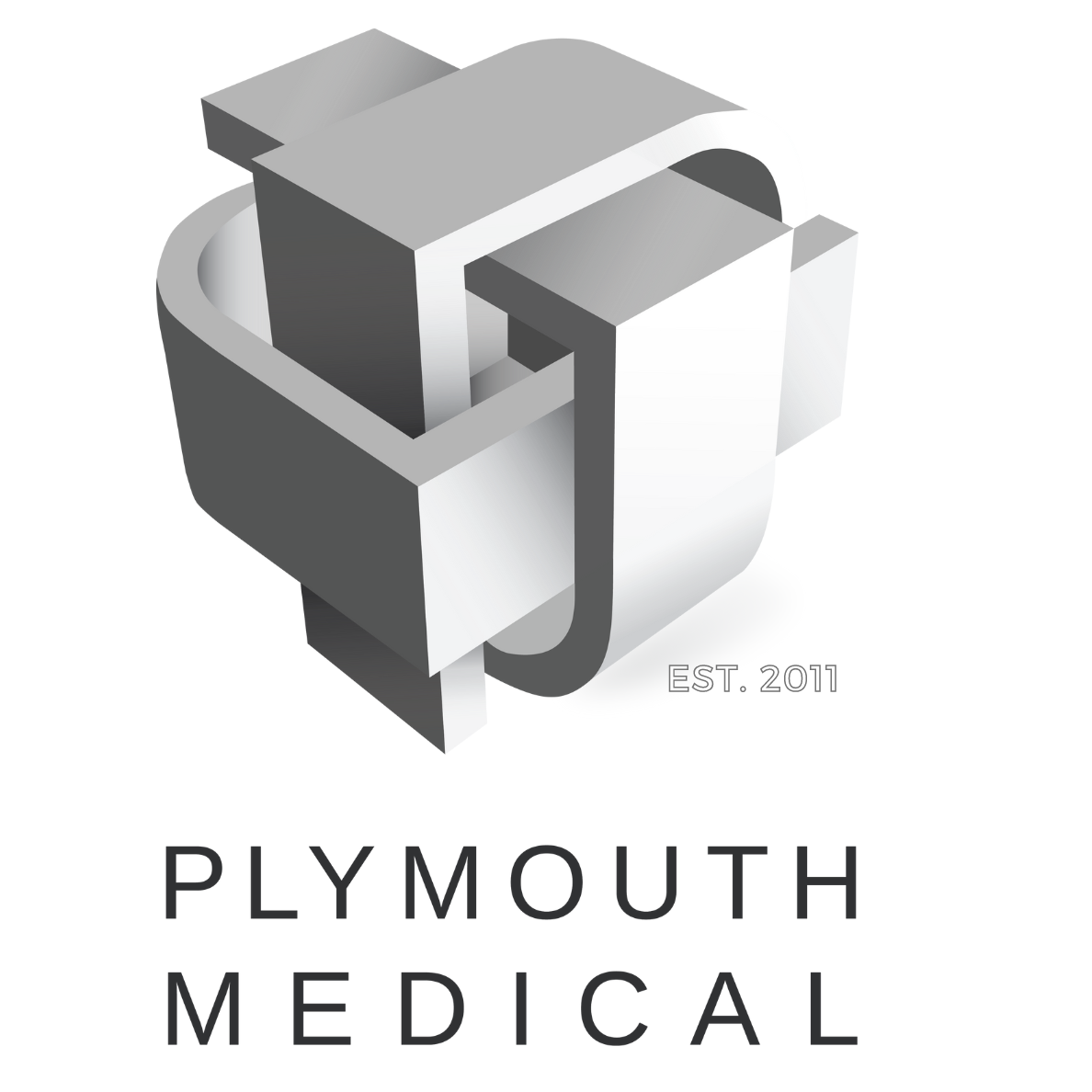LR-PRP in Wound Healing: A Promising Treatment Option to Accelerate Recovery
The process of wound healing is a complex and dynamic process that involves numerous biological events. It can be influenced by various factors such as age, health status, and the type and severity of the wound. In recent years, there has been significant research interest in using platelet-rich plasma (PRP) as a treatment option to accelerate wound healing. One specific type of PRP, known as leukocyte-rich platelet-rich plasma (LR-PRP), has shown promising results in promoting wound healing and tissue regeneration.
The Difference Between LR PRP and Traditional PRP
As the name suggests, the key difference between LR-PRP and Leukocyte Poor) PRP is the presence of leukocytes. LP-PRP contains mostly platelets (thrombocytes) with a low number of white blood cells. On the other hand, LR-PRP, whilst maintaining high concentrations of Platelets, also has a higher concentration of leukocytes, making it a more potent intervention for treating wounds.
The presence of leukocytes in LR-PRP is crucial for triggering the inflammatory response, which is the first stage of wound healing. These cells release cytokines and chemokines that attract other immune cells to the affected area and promote angiogenesis. This process helps increase blood supply to the wound, delivering essential nutrients and oxygen for healing.
Moreover, leukocytes also play a role in tissue remodeling during the later stages of wound healing. They help remove damaged tissue and promote collagen synthesis, which is essential for wound closure and scar formation.
Several studies have investigated the effects of LR-PRP on various types of wounds, including chronic wounds, acute wounds, and surgical wounds. In a recent study published in the Journal of Wound Care, Devereaux et al. (2020) conducted a systematic review and meta-analysis to evaluate the effectiveness of LR-PRP in promoting wound healing.
The researchers identified 12 randomized controlled trials that compared the use of LR-PRP with other treatments or placebo in patients with different types of wounds. The results showed that LR-PRP significantly improved wound healing outcomes, including wound closure rate, time to complete healing, and reduction in wound size. Additionally, the use of LR-PRP was found to be safe with minimal side effects reported.
LR-PRP has also been shown to have a positive impact on the quality of healed tissue. In a study by Nishimoto et al. (2019), patients with diabetic foot ulcers treated with LR-PRP had improved collagen organization and increased vasculature in the healed tissue compared to those who received conventional wound care.
It is important to note that the effectiveness of LR-PRP may vary depending on various factors, such as platelet dosing, patient characteristics, wound type and severity, and PRP preparation methods. Further research is needed to optimize the use of LR-PRP in wound healing and to identify which patients would benefit the most from this treatment.
In addition to its direct effects on wound healing, LR-PRP has also been shown to have anti-inflammatory properties. This can be beneficial in managing chronic wounds where inflammation is a major barrier to healing. LR-PRP has been found to reduce pro-inflammatory cytokines and promote the release of anti-inflammatory factors, leading to a more favorable wound healing environment.
Furthermore, the use of LR-PRP in combination with other therapies, such as negative pressure wound therapy or skin substitutes, has shown promising results in promoting wound healing. This highlights the potential of using a multimodal approach to optimize wound healing outcomes.
In conclusion, LR-PRP has emerged as a promising adjunctive therapy for promoting wound healing. Its ability to enhance tissue repair, reduce inflammation, and potentially improve the efficacy of other wound healing treatments makes it a valuable option in the management of difficult-to-heal wounds. Further research is needed to fully understand its potential and how it can be integrated into current wound care practices. As we continue to deepen our understanding of LR-PRP, it holds the potential to significantly improve outcomes for patients with chronic or complex wounds. So, its use should be considered as part of a comprehensive treatment plan for these types of wounds.
PLYMOUTH MEDICAL can train your staff on the preparation of either a leukocyte rich, or leukocyte poor PRP preparation. If you wish to learn more, click the following link to book time with one of our Education and Training staff.
Citations
Devereaux J. (2020). Neutrophils and Wound Healing: Current Views from the Literature and Evidence-Based Recommendations
Marx RE, Carlson ER, Eichstaedt RM, Schimmele SR, Strauss JE, Georgeff KR. Platelet-rich plasma: growth factor enhancement for bone grafts. Oral Surg Oral Med Oral Pathol Oral Radiol Endod. 1998;85(6):638-646.
Anitua E1, Andia I2, Ardanza B3, Nurden P4, Nurden AT5. Autologous platelets as a source of proteins for healing and tissue regeneration. Thromb Haemost. 2004;91(1):4-15.
Ye JH, Yang RL. Efficacy of autologous platelet-rich gel in the treatment of pressure ulcers. Zhonghua Shao Shang Za Zhi. 2016;32(2):99-103.
Bielecki TM, Gazdzik TS, Szczepanski T. Benefit of percutaneous injection of autologous platelet-leukocyte-rich gel in patients with delayed union and nonunion. Eur Surg Res. 2008;40(3):289-296.
Yin Y, Ye F, Cui JH, et al. Effect of platelet-rich plasma on cutaneous wound healing in rats. Ai Zheng. 2007;26(11):1186-1190.
01/27/24

